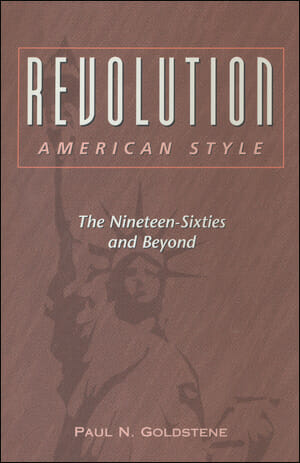Before the advent of digital printing and print-on-demand production, publishers had no choice but to print on offset presses, and most books today continue to be printed by offset.
Book presses are large, noisy, oily pieces of heavy machinery. There are separate parts of the press for each color that will be printed, with separate sets of rollers, ink fountains, and adjustments so that each color will print properly.
Getting one of these presses running correctly and with all the colors in balance takes a fair amount of time and materials. Typically 100 to 200 sheets of paper will be printed and discarded before the “make ready” is complete.
The difficulties and waste in this process force publishers to consider whether a four-color cover is really worth the extra cost, and many books continue to be printed with one- or two-color covers. Obviously, in offset printing this has a major impact on the printing cost of the covers and, therefore, the book’s profitability.
The Book Designer’s Challenge
The challenge for the book designer in this case is to know enough about the printing process, and have enough command of the design, to produce an attractive, engaging cover that most people will never notice is not “full color” but will help to sell the book.
Here are two examples of two-color covers, both for self-publishers, from past clients:
This cover for Paul Goldstene’s Revolution American Style shows what can be done just using black and orange inks. It’s got texture in the background, symbology in the Statue of Liberty graphic, and tremendous color contrast between the dark tones that result from careful mixing of the two colors, along with pure black and pure white. Although simple, it communicates quite effectively.
The “Green Cue”
Here is another self-published book, this one from financial adviser Joseph Simoncini:
Before the “green revolution” designers frequently used green to suggest money, and this cover was no exception. Here it’s not just a suggestion, since the background is a duotone (two-color photograph) of twenty-dollar bills. The green and black combine to create a range of color values, set off by touches of black, and white lettering.
This cover demonstrates again that full-color covers may not always be necessary when designing niche non-fiction books. Either of these books would look at home at the local Borders or Barnes and Noble, yet each was printed for quite a bit less money than it would have cost to print them in full color.
If you have a book you plan to print offset, consider the cost efficiency of a two-color cover. Just make sure your cover designer is adept at handling this type of design challenge.




